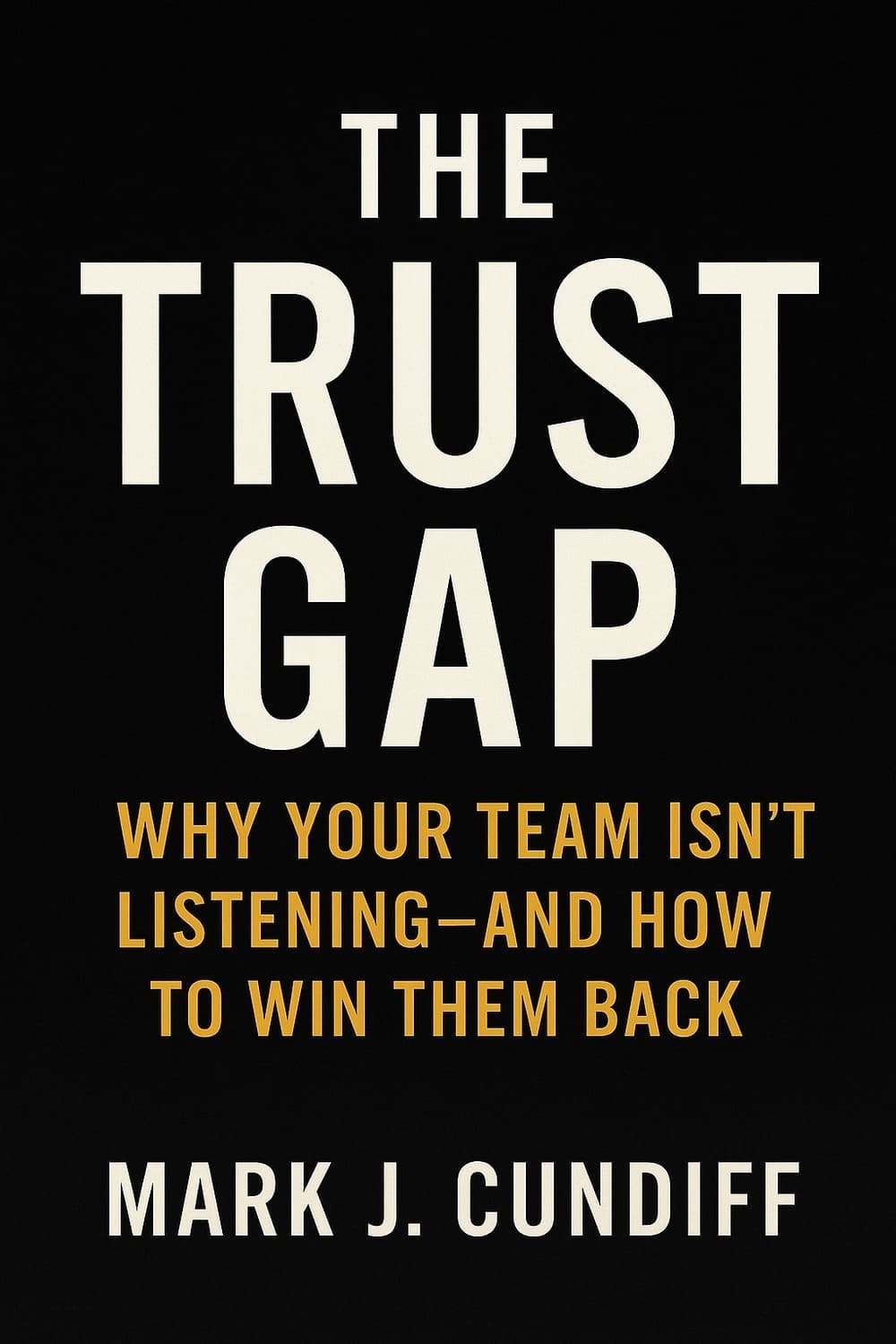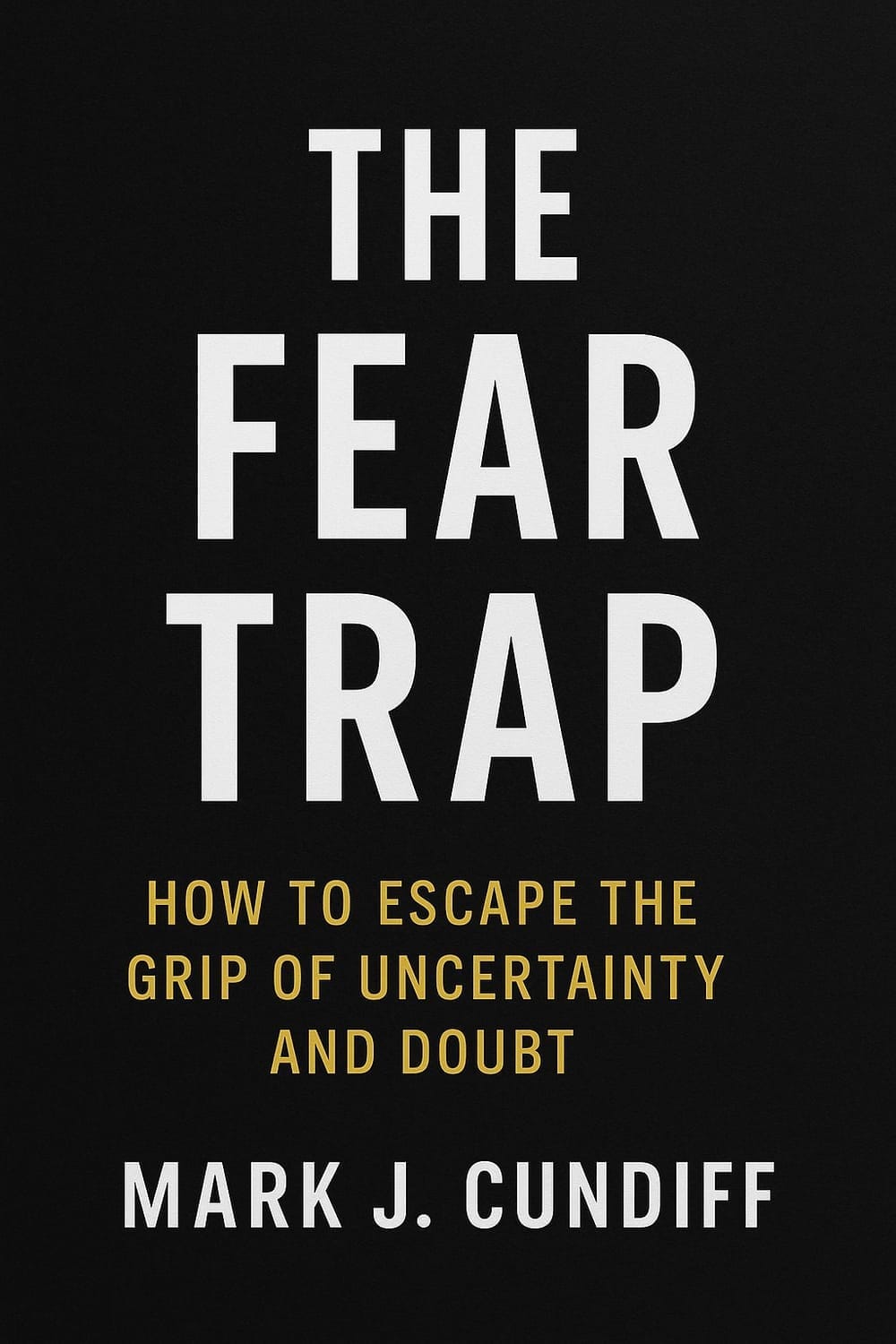5 Questions to Ask Yourself while Preparing a Talk with Donald Miller and Andy Stanley
The Art of Clarity: 5 Questions That Will Transform Your Communication
Have you ever stood in front of a room, heart pounding, knowing you have important wisdom to share, but wondering if your message will actually stick? Or perhaps you've sat through presentations where, despite the speaker's expertise, you walked away thinking, "What was the point of all that?"
Winston Churchill's Transformation
Before becoming one of history's most powerful orators, Winston Churchill struggled tremendously with public speaking. As a young politician, he once froze completely during a parliamentary speech, standing silent for three excruciating minutes before taking his seat in humiliation.
Rather than accepting defeat, Churchill methodically rebuilt his approach to communication. He began writing out every speech in full, practicing delivery for hours, and focusing relentlessly on clarity and memorability.
He developed his trademark style of short, punchy sentences and vivid imagery specifically to help audiences remember his core message.
"If you have an important point to make, don't try to be subtle or clever," Churchill later advised.
"Use a pile driver. Hit the point once. Then come back and hit it again. Then hit it a third time—a tremendous whack."
Churchill's journey from communication failure to mastery reminds us that impactful speaking isn't about natural talent—it's about intentional preparation with your audience in mind.
"If you confuse, you lose."
This short phrase from Donald Miller perfectly captures what often derails our attempts to communicate with our audience.
On a recent podcast, Miller had a compelling conversation with Andy Stanley about preparing talks that not only inform but also truly connect, inspire, and remain memorable.
Key Takeaways:
Focus on a single, clear message rather than trying to communicate multiple points.
Create urgency by clearly explaining why your information is relevant and important now.
Provide specific, actionable next steps for your audience to implement.
Make your message memorable through stories, metaphors, and concise statements.
Prioritize your audience's needs over your performance or preferences.
Andy Stanley, renowned for his impactful speaking and leadership, shared insights on creating presentations that truly resonate.
At the same time, Donald Miller, CEO of StoryBrand, guided the conversation to uncover practical communication strategies.
The 5 Essential Questions for Powerful Communication
1. What do they need to know?
The first step is distilling your message to its core essence. As leaders, we often make the mistake of trying to share everything we know instead of what our audience actually needs.
Andy Stanley emphasized focusing on a single, clear point that your audience can walk away with. He shared an experience from his early days, speaking at a high school chapel, where he aimed to leave students with one memorable takeaway: "To understand why you should submit and apply."
Three years later, a student still remembered this concise message, underscoring the power of focusing on a single key idea.
When preparing your next presentation or team meeting, ask yourself: "If my audience could remember just one thing, what should it be?" Then build everything else around that central point.
2. Why do they need to know it?
Once you've identified your key message, you must answer: "Why does this matter to them right now?" This creates the necessary tension and relevance.
I've found in my own leadership journey that this step is where many of us fall short. We get so excited about our content that we forget to build the tension that makes people lean in and listen. Your team won't prioritize your message if they don't understand what's at stake.
Stanley noted that explaining what's at stake emotionally connects your audience with your message. Whether it's highlighting the consequences of inaction or painting a picture of what's possible, this "why" creates urgency and relevance.
3. What do they need to do?
Information without application leads to frustration. Your audience needs a clear next step that answers, "What now?"
This call to action should be specific, practical, and achievable. Whether it's implementing a new strategy, adopting a different mindset, or taking a concrete step, make sure your team knows exactly what success looks like after hearing your message.
I've learned that the most memorable leaders don't just inform—they equip. They transform complexity into simple actions that move people forward.
4. Why do they need to do it?
This question circles back to motivation, but focuses specifically on the consequences of inaction versus the benefits of taking action.
By clearly outlining what your team stands to gain by taking action (or lose by not doing so), you provide the emotional fuel needed for change. People rarely change based on information alone—they need compelling reasons tied to values they already hold.
As Stanley points out, this clarity drives follow-through, making your message truly effective and impactful.
5. How can I help them remember?
The final question addresses perhaps the most critical aspect of communication: memorability.
Stanley excels here, creating messages that stick long after the presentation ends. He shares that memorable messages are often succinct, catchy, and tied to a story or metaphor.
When speaking to influential leaders, including addressing President Obama, Stanley focuses on delivering something both impactful in the moment and easily recalled later.
This might include a vivid metaphor, a surprising statistic, or a simple framework, such as the five very questions we're discussing.
The Power of Audience-Centric Communication
Throughout their conversation, Miller and Stanley emphasize the shift from self-focused to audience-centric communication. This approach prioritizes the audience's needs and experiences over the speaker's performance or desire for approval.
I've noticed this distinction in my own leadership: my most effective communications happen when I stop worrying about how I'll be perceived and start focusing entirely on how I can serve my listeners. This mental shift transforms not just the content we deliver but how we deliver it.
Stanley shares that his goal is always to help his audience by providing wisdom, inspiring action, or offering a new perspective. This focus on serving rather than impressing is what distinguishes truly effective communicators.
Putting It Into Practice
Next time you're preparing to communicate something important—whether to your team, your organization, or even your family—take time to work through these five questions:
What do they need to know? (Focus on one clear message)
Why do they need to know it? (Create relevance and urgency)
What do they need to do? (Provide clear next steps)
Why do they need to do it? (Motivate with consequences and benefits)
How can I help them remember? (Make your message sticky)
These questions will transform how you prepare, what you emphasize, and ultimately, the impact your words have on others.
Remember Churchill's journey from communication failure to mastery.
Like him, we can all learn to deliver messages that not only inform but also truly transform our listeners.
What message do you need to clarify for your team this week?
How might these five questions reshape your approach?
Focusing on these questions can help speakers ensure that their messages are clear, relevant, actionable, and memorable.
Andy Stanley's insights and Donald Miller's thoughtful prompts provide a comprehensive guide for anyone looking to improve their communication skills.
Whether you're a business leader, a pastor, or a speaker in any other context, these principles can help you create talks that truly resonate with your audience.
To hear their discussion, check out the podcast here: Donald Miller & Andy Stanley Discussion
For further reading on Andy Staley's Communication Approach, you can get his book here: Communicating for a Change
Donald Miller does a great job of providing a framework for providing clarity in all your messages in his book Building A StoryBrand
Join over 3,900 Fellow Leaders reading The Learning To Lead Newsletter each week!
Recent Articles

Join over 3,900 Fellow Leaders reading The Learning To Lead Newsletter each week!
©2025 Learning To Lead | Helping Good Leaders Become Great Leaders


